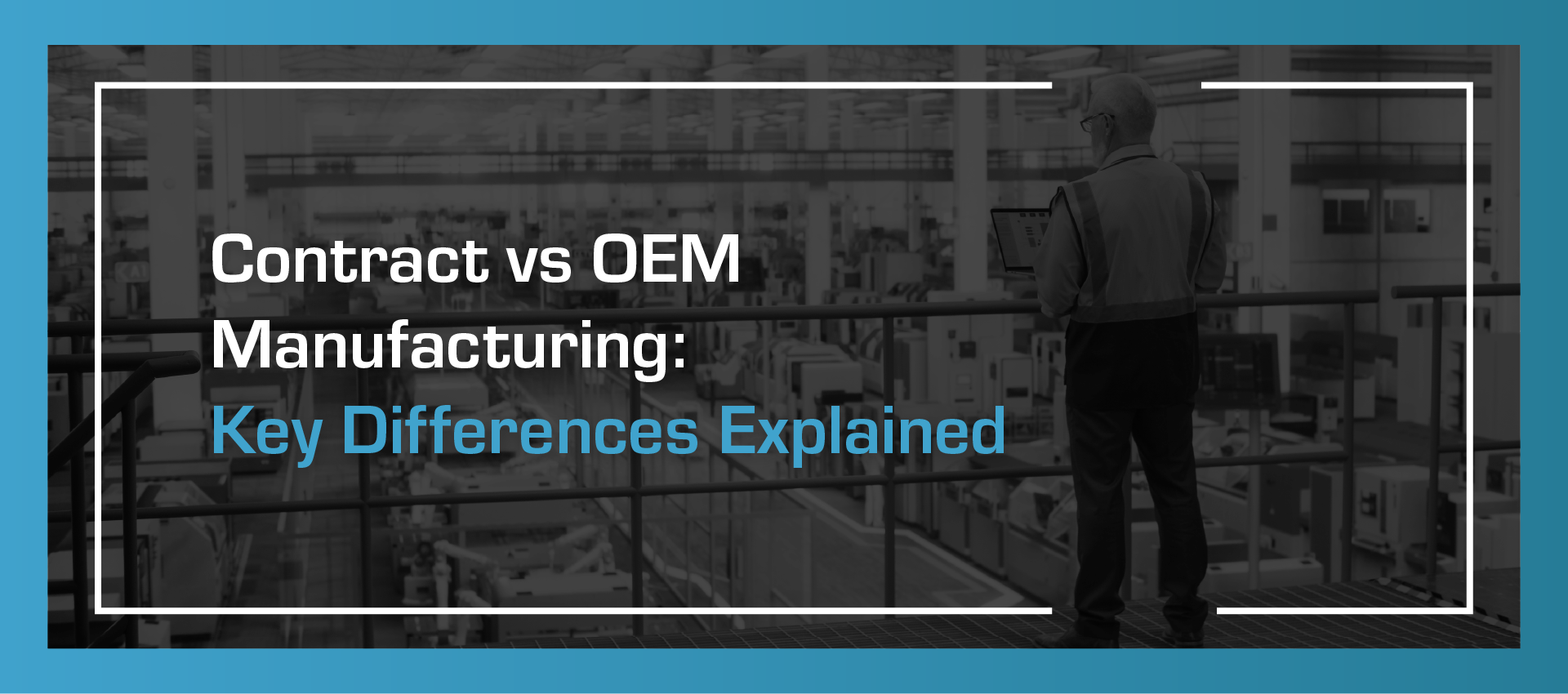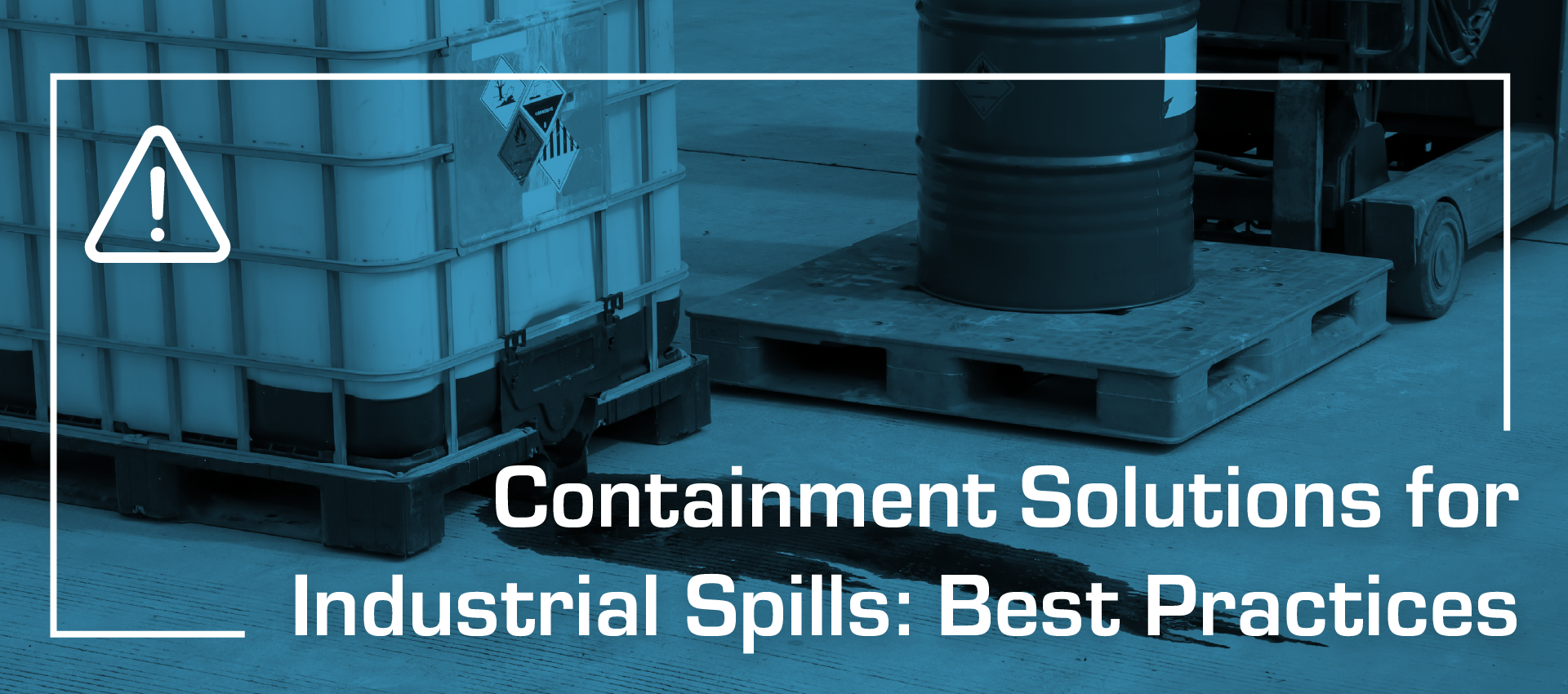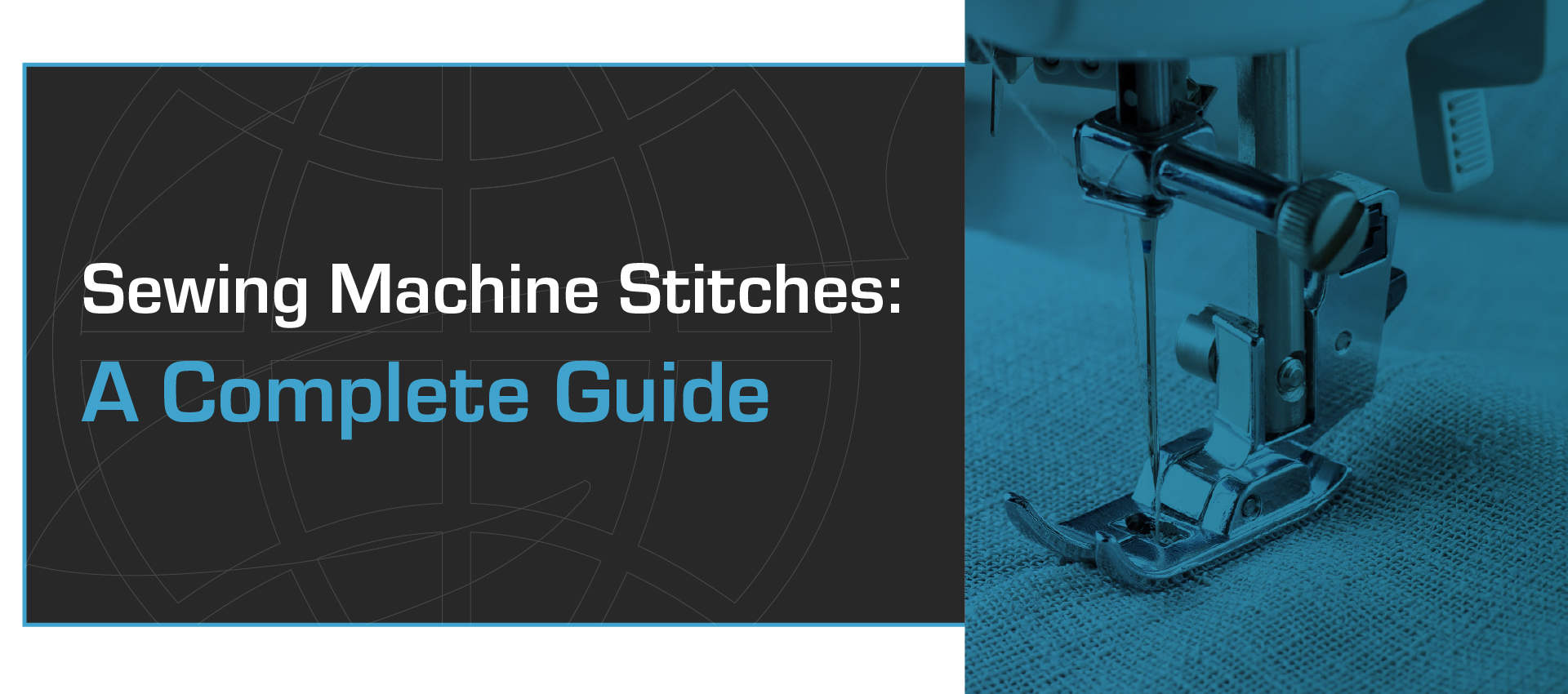Polypropylene vs. Polyester: A Material Comparison
Material selection plays a direct role in how well a product performs, how long it lasts, and how it handles specific use conditions. For industrial applications, two of the most common choices are polypropylene and polyester. Both offer strong performance characteristics, but their differences matter when it comes to strength, weight, durability, resistance, and cost.
Understanding how each material behaves in the field helps teams make smarter product decisions early in the development process.
Understanding the Basics
Polypropylene and polyester are synthetic polymers used across a wide range of industrial and commercial applications. Each material has distinct properties that affect how it performs under stress, exposure, or repeated use.
What is Polypropylene?
Polypropylene is a thermoplastic polymer made from propylene monomers. It is lightweight, resistant to many chemicals, and has a low moisture absorption rate. These qualities make it suitable for products that require durability, flexibility, and cost-effectiveness across different environments.
Common Uses of Polypropylene
Polypropylene is often used in applications that require resistance to moisture, chemicals, and physical wear. Common uses include:
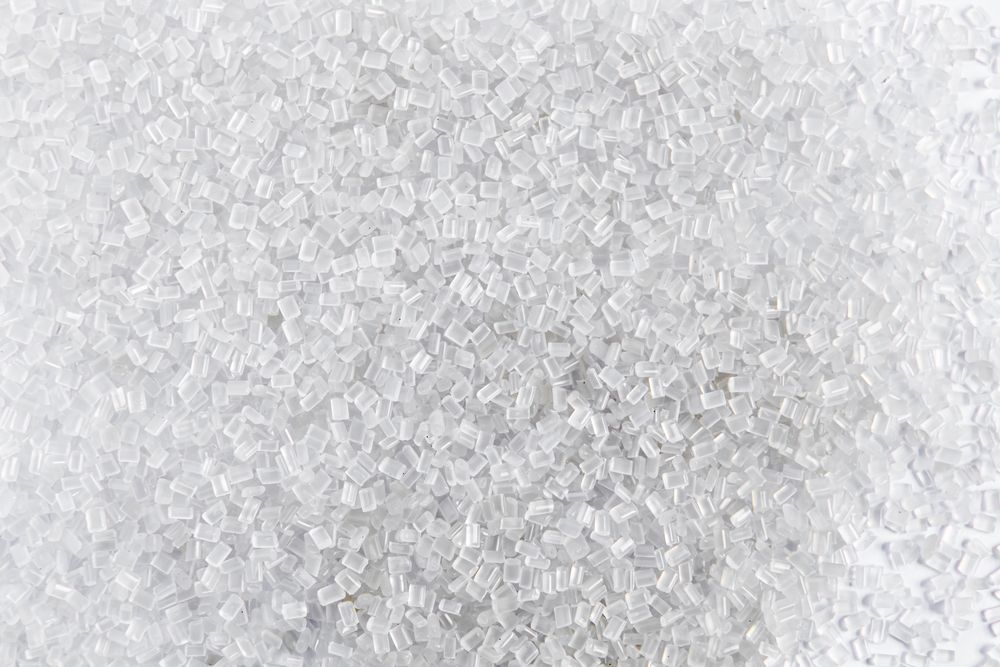
- Industrial liners and covers
- Flexible tanks and containment systems
- Strapping and webbing
- Automotive components
- Medical-grade packaging
- Textiles for outdoor or high-moisture environments
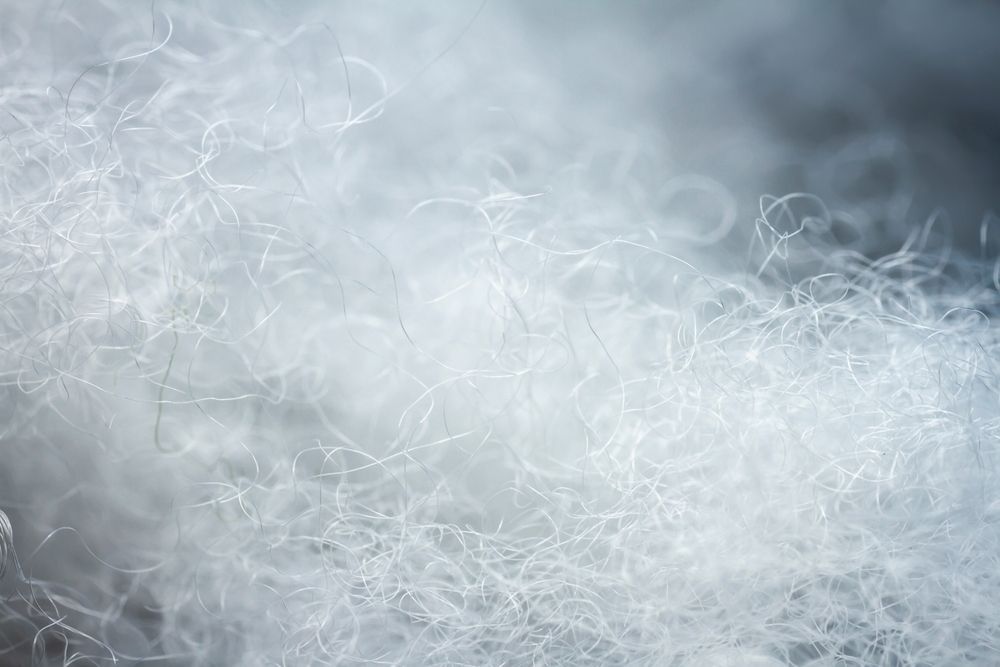
What is Polyester?
Polyester is a synthetic polymer typically made from polyethylene terephthalate (PET). Known for its strength and resistance to stretching and shrinking, it performs well under tension and holds its shape over time. Polyester also offers good resistance to abrasion and UV exposure, making it suitable for both indoor and outdoor use.
Common Uses of Polyester
Polyester is widely used across industries that require strength, stability, and weather resistance. Common applications include:
- Industrial fabrics and tarps
- Reinforced flexible structures
- Outdoor covers and enclosures
- Conveyor belts and safety gear
- Coated textiles for signage or architectural use
- Insulation and thermal barriers
Material Comparison: Polypropylene vs. Polyester
The performance of polypropylene and polyester depends on how each material responds to stress, exposure, and handling. Comparing specific traits helps clarify which one fits a particular use case.
Durability & Strength
Polyester has greater tensile strength and holds its shape under tension, making it ideal for high-stress applications. Polypropylene is more flexible and impact-resistant, which works well in settings where slight movement or pressure changes are common.
Moisture & Chemical Resistance
Polypropylene resists moisture and chemicals better than polyester, making it a strong choice for wet or corrosive environments. Polyester performs well in dry settings but may degrade faster when exposed to harsh chemicals.
Flexibility & Form Factor
Polypropylene is more flexible and easier to shape, which suits products that need to fold, bend, or compress during use. Polyester is stiffer and holds its form, making it better for applications that require structure or dimensional stability.
UV & Heat Resistance
Polyester holds up better under UV exposure and higher temperatures, making it more suitable for outdoor use over time. Polypropylene is more sensitive to UV rays and can degrade faster without added stabilizers.
Weight & Feel
Polypropylene is lighter and has a softer, more pliable feel, which works well for flexible or lightweight products. Polyester feels denser and more rigid, offering a firmer texture and added structure where needed.
Can Polypropylene and Polyester be Blended Together?
Polypropylene and polyester can be combined in certain applications to balance flexibility, strength, and resistance. Blended fabrics or layered systems use each material’s strengths to meet specific performance goals. This approach is often used in industrial
textiles, where durability and adaptability are both required.
Cost and Sustainability Considerations
Material choice affects both budget and environmental impact. Polypropylene and polyester differ in production cost, lifespan, and recyclability. Understanding these factors helps align material selection with project goals and long-term use.
Material Cost Differences
Polypropylene is generally less expensive to produce and purchase than polyester. Its lower cost makes it a practical option for large-scale projects or disposable products. Polyester, while more costly, offers added durability and performance in demanding conditions, which can reduce replacement frequency over time.
Environmental Impact
Both polypropylene and polyester are petroleum-based and not biodegradable. However, polyester is more widely recycled and has more established recycling systems in place. Polypropylene has recycling potential but is less commonly processed. Long-lasting designs and responsible sourcing help reduce environmental impact for both materials.
Choosing the Right Material for Your Product
The choice between polypropylene and polyester depends on use, exposure, and performance needs. Each material provides specific advantages, and the right fit comes down to how and where the product will function.
Application-Specific Considerations
Product shape, movement, and exposure often dictate which material performs better. For example, curved or collapsible designs benefit from polypropylene’s flexibility, while fixed structures or products under load often require polyester’s stability. Some projects may also need both materials in different components to meet varied performance targets.
Outdoor Use
Outdoor products face constant exposure to sunlight, moisture, and temperature swings. Polyester handles UV exposure and heat more effectively, making it a better fit for long-term outdoor use. Polypropylene can be used outdoors but may require additives or coatings to maintain performance over time.
Custom Engineering for Complex Needs
Some projects call for more than an off-the-shelf material. Carolina CoverTech works with customers to evaluate performance needs, environmental conditions, and production requirements to determine the
right fit. When a single material doesn’t meet every need, custom solutions may combine both polypropylene and polyester into one product.
Partner with Carolina CoverTech for Expert Material Guidance
Choosing the right material starts with understanding how it performs under real conditions. Carolina CoverTech brings decades of experience in product development, custom engineering, and industrial manufacturing. Using services like RF welding, industrial sewing, and rigid-to-flexible conversions, we turn material choices into finished products built for demanding use.
Contact us to discuss your project and find the right material for the job.

